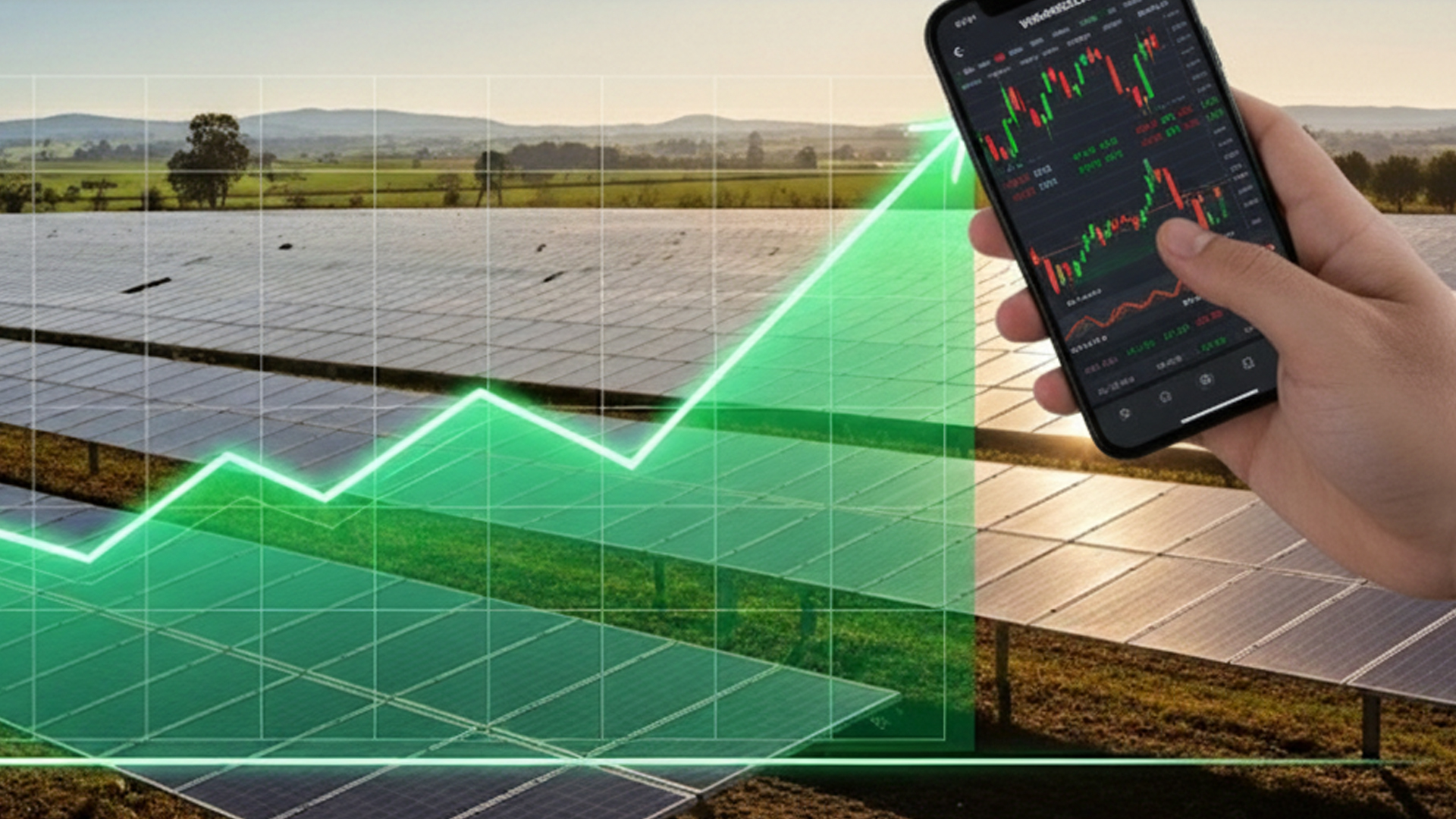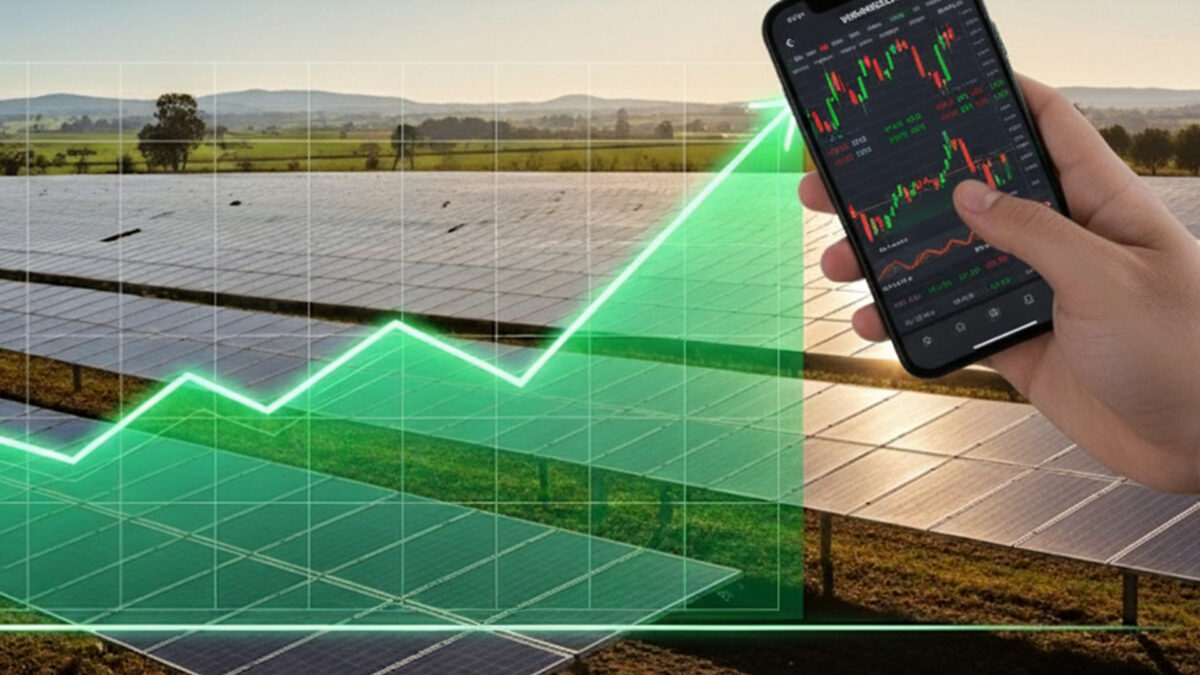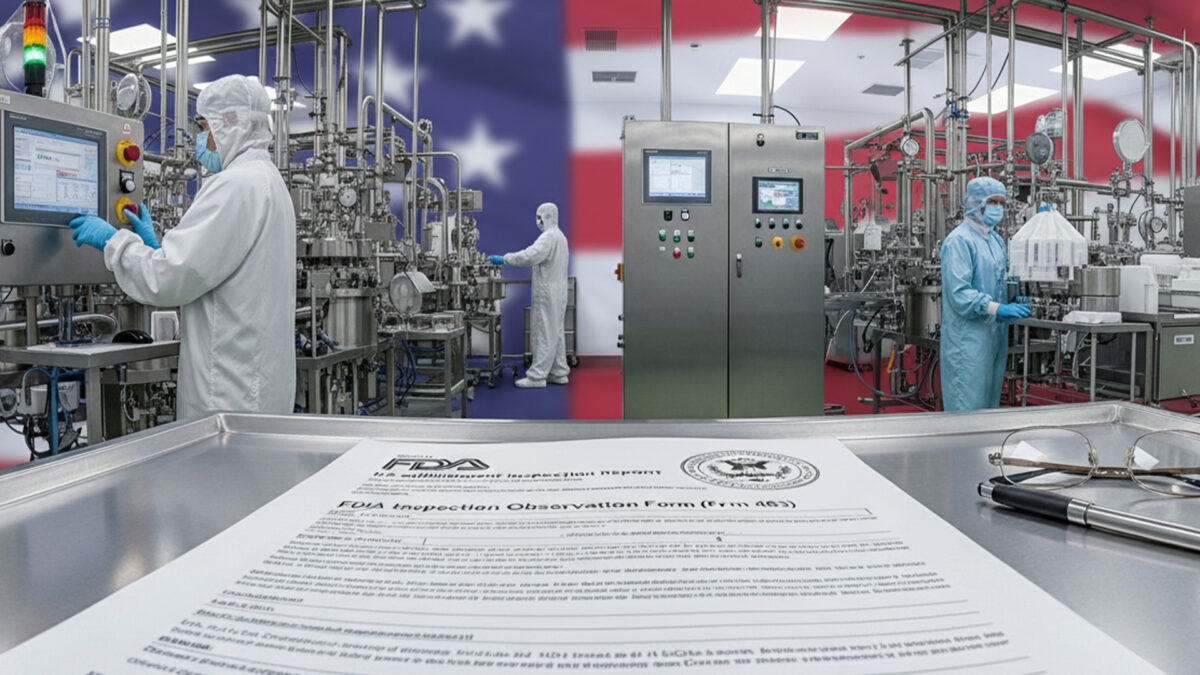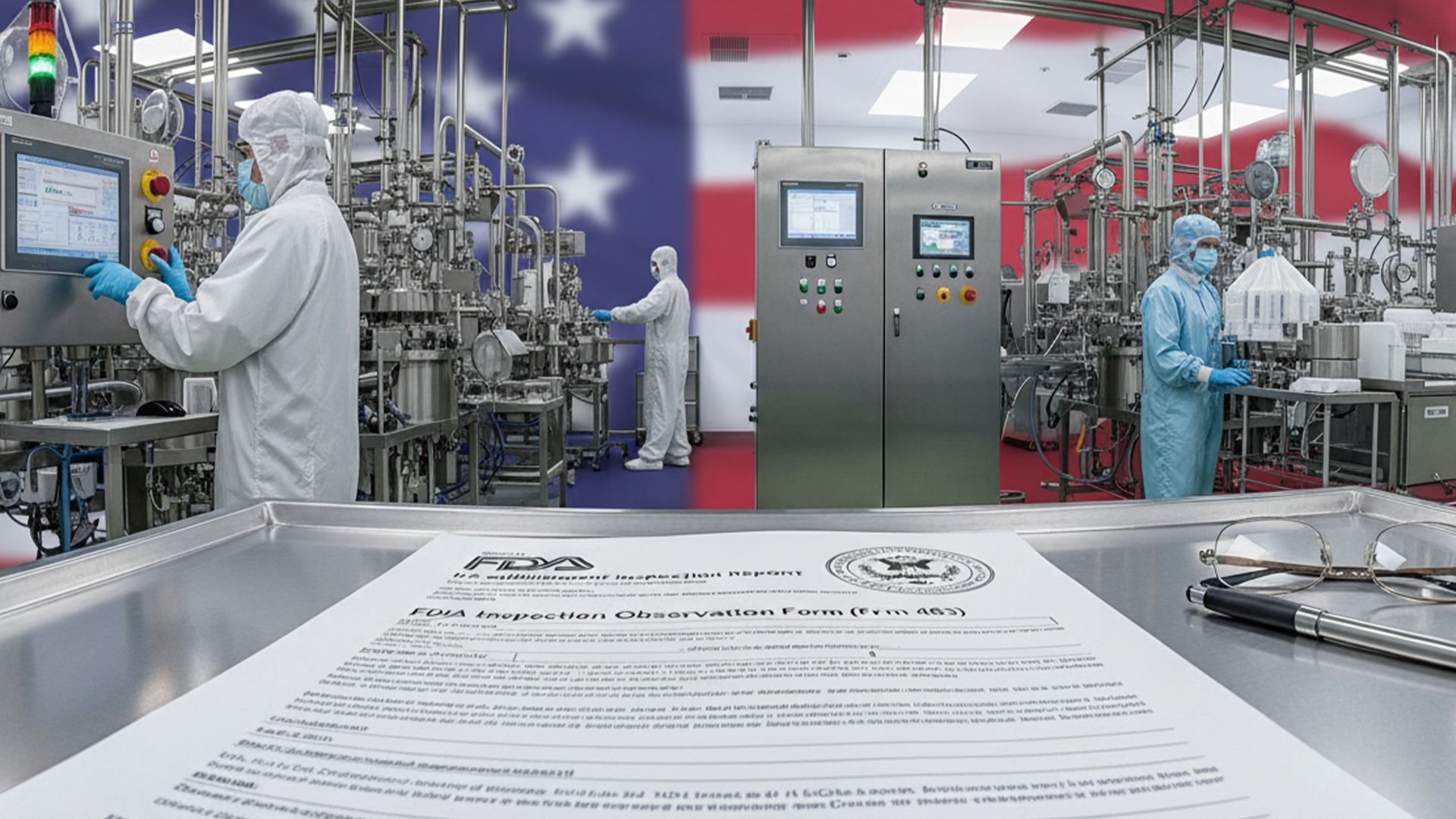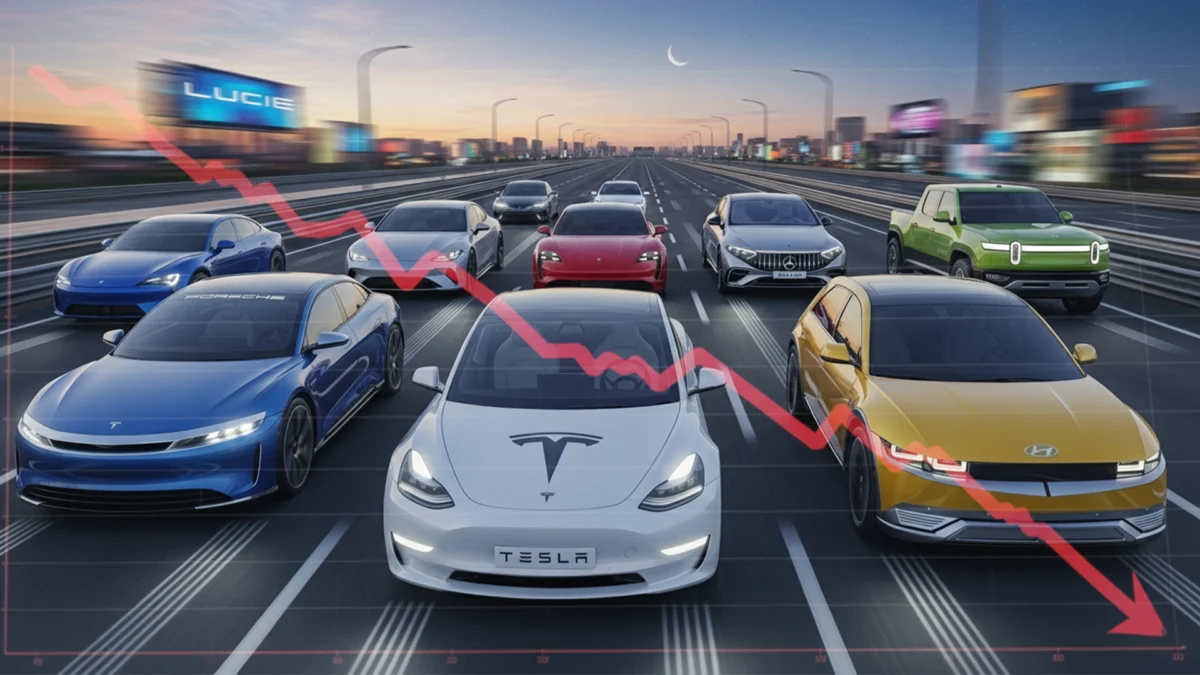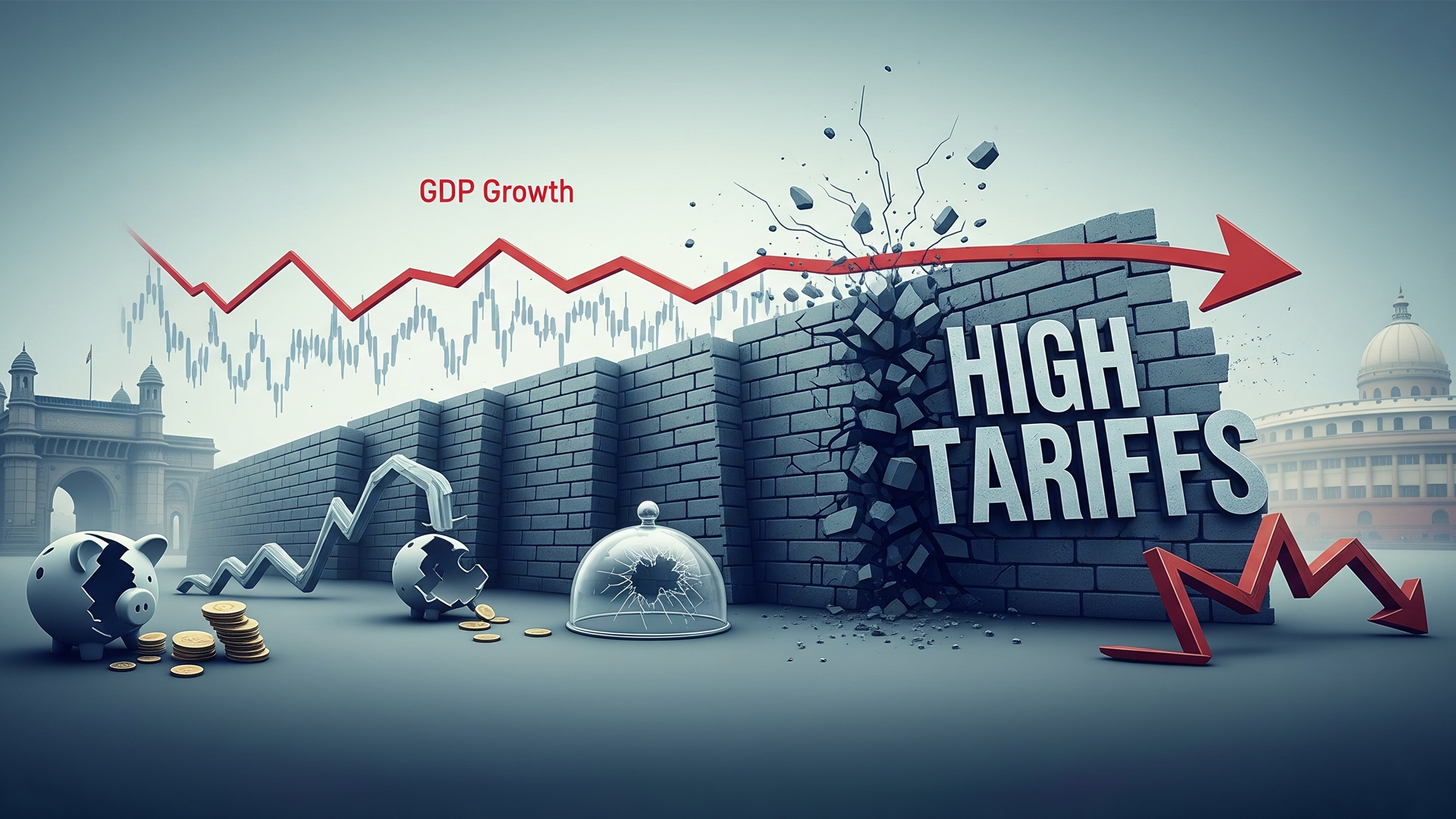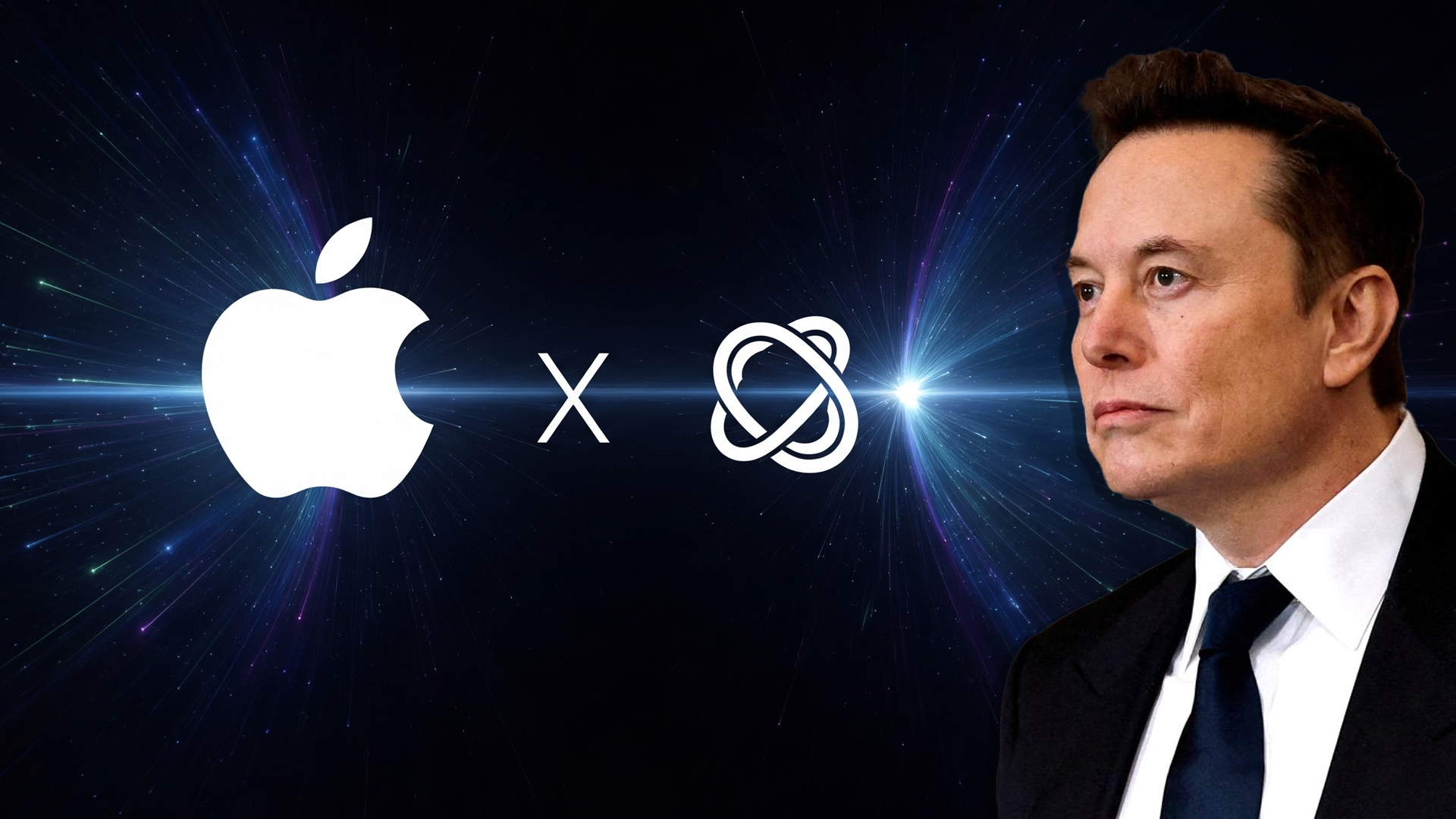Databricks’ rapid valuation leap comes less than 12 months after it raised $10 billion in one of the largest venture capital funding rounds in history.
San Francisco-based analytics firm Databricks has secured a valuation of more than $100 billion in its latest funding round, marking a 61% jump from less than a year ago and underscoring the surging investor appetite for artificial intelligence (AI) startups. The company said on Tuesday it has signed a term sheet for a Series K round, though it did not disclose the total amount being raised.
The fresh milestone highlights not only the market’s confidence in Databricks’ long-term prospects, but also the concentration of capital around a select group of firms seen as leaders in foundational AI and data infrastructure. “This valuation level indicates a concentration of late-stage capital into companies identified as market leaders in foundational technology sectors,” noted Derek Hernandez, senior research analyst at PitchBook.
From $62 Billion to $100 Billion in Under a Year
Databricks’ rapid valuation leap comes less than 12 months after it raised $10 billion in one of the largest venture capital funding rounds in history. That round, which valued the company at $62 billion, was hailed as a signal of investor conviction in platforms that enable enterprise AI adoption.
The company, founded in 2013 by the creators of Apache Spark at the University of California, Berkeley, provides a unified analytics and AI platform that helps businesses integrate data engineering, machine learning, and collaborative AI model development. Over the years, it has become central to the enterprise AI ecosystem, positioning itself as a rival to other cloud data giants like Snowflake.
Today, Databricks serves around 15,000 customers globally, including major names such as payments company Block, energy major Shell, and electric vehicle maker Rivian. The firm employs roughly 8,000 people worldwide.
The AI Rush and Corporate Demand
Databricks said it expects to use a portion of the latest funds for product development and to fuel acquisitions in the AI segment. As companies and governments worldwide scramble to harness efficiencies from AI, demand for enterprise-grade infrastructure that can manage data securely and at scale has intensified.
“AI hallucinations are hard to remove completely,” Naveen Rao, Vice President of AI at Databricks, recently remarked, highlighting the need for robust tools to manage generative AI’s unpredictability. The company is betting that corporations will continue to seek enterprise-focused AI systems that offer reliability alongside innovation.
Investors See Big Market, Durable Advantage
According to PitchBook’s Hernandez, the investor logic is simple: “The total addressable market will be large enough to support multiple high-value companies, and Databricks will maintain a durable competitive advantage.”
Analysts point to Databricks’ hybrid focus on both data and AI as key to its strength. Unlike pure AI players, it offers a full-stack ecosystem that integrates data storage, cleaning, and model training, making it an essential partner for large enterprises.
Its closest rival, Snowflake, has a current market capitalization of around $66 billion, which suggests investors see Databricks’ growth trajectory as even more ambitious.
A Shift in Startup Financing
The rise of Databricks also reflects broader shifts in startup financing. Traditionally, firms approaching valuations above $10 billion would look to tap public markets through an initial public offering (IPO). But in recent years, many companies have chosen to stay private longer, partly due to higher interest rates and unpredictable public market conditions.
“What used to be a pre-IPO round is now often Series G or later, and the capital coming in is frequently functioning like public equity, just without the public oversight,” said Chris Lawrence, founder and managing partner of Labyrinth Capital Partners.
Key Players at a Glance
- Databricks: AI and data analytics firm founded in 2013, now valued at over $100 billion. Customers include Block, Shell, and Rivian.
- Snowflake: Cloud-based data warehousing company with a market capitalization of about $66 billion; a key rival to Databricks.
- OpenAI: Developer of ChatGPT, reportedly in talks for an employee share sale valuing it at around $500 billion.
- SpaceX: Elon Musk’s space exploration firm, among the few other private companies with valuations north of $100 billion.
Private market investors, sitting on record levels of “dry powder” (unallocated capital), have been eager to deploy funds into late-stage winners like Databricks. The company’s valuation surge is part of a broader trend where late-stage venture financing increasingly mirrors the scale of public equity markets.
AI Leaders Attracting Unprecedented Capital
Databricks is not alone in commanding astronomical valuations. Earlier this month, reports suggested OpenAI, the maker of ChatGPT, was preparing to close an employee share sale valuing it at around $500 billion. The trend underscores how a handful of AI-focused companies are rapidly redefining startup valuation benchmarks.
For Databricks, the Series K round cements its position among the most valuable private technology firms globally, putting it in rarefied company alongside names like SpaceX and OpenAI.
As the AI gold rush accelerates, Databricks’ leap past $100 billion is less about a single company and more about the reshaping of venture capital itself—where late-stage startups can now command valuations once reserved for tech titans on Wall Street.
